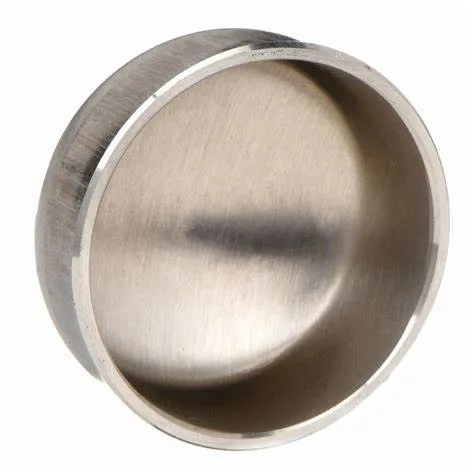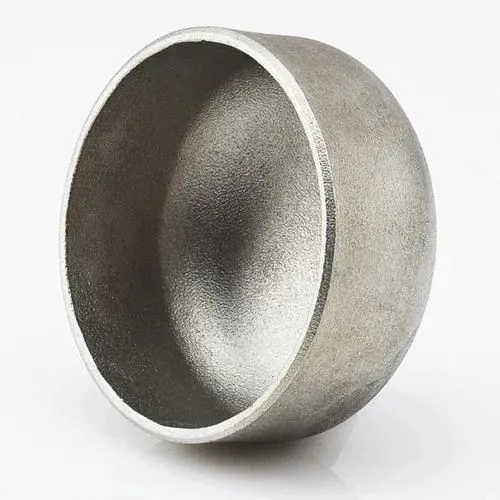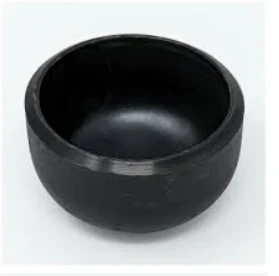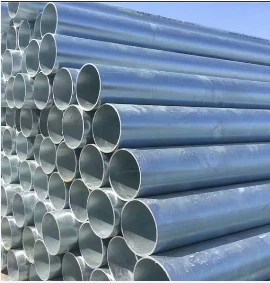JIS B2311 は、配管システムで使用されるキャップを含む突合せ溶接管継手に関する日本工業規格です。突合せ溶接キャップは、パイプの端を閉じて、漏れや汚染を防ぐシールを提供する目的で使用されます。JIS B2311 突合せ溶接キャップの概要は次のとおりです。
- 1. JIS B2311 Standard:
- - JIS B2311規格は、配管システムにおけるキャップを含む突合せ溶接継手の設計、寸法、材料、製造および試験の要件を規定しています。
- - この規格は、JIS 規格に準拠して製造されたキャップが品質基準を満たし、他の配管部品と互換性があることを保証します。
- 2. 突合せ溶接キャップ:
- - JIS B2311 によれば、突合せ溶接キャップは、パイプの端部をしっかりと覆い密閉するように設計された継手であり、配管システムの保護と完全性を維持します。
- - キャップは、漏れや汚染を防ぐために、またはシステムを完成させるために、パイプの端を永久的または一時的に閉じる必要がある場合に使用されます。
- 3. 材質と構造:
- - JIS B2311 規格の突合せ溶接キャップは、さまざまな用途要件を満たすために、炭素鋼、ステンレス鋼、合金鋼などのさまざまな材料で提供されています。
- - これらのキャップは、パイプの端に溶接されたときに強力で漏れのない接続を確保するために、標準化された構築方法を使用して製造されています。
- 4. 用途と利点:
- - 突合せ溶接キャップは、石油・ガス、化学プロセス、水処理プラントなど、パイプの端部をしっかりとキャップする必要があるさまざまな業界で使用されています。
- - キャップはパイプの端を環境要素から保護し、汚染を防ぎ、配管システムの清潔さと完全性を維持するのに役立ちます。
- 5. 設置と溶接:
- - 突合せ溶接キャップを取り付ける際には、しっかりとした漏れのないシールを確保するために、正しい位置合わせ、パイプ端の準備、溶接技術などの適切な取り付け手順が不可欠です。
- - 溶接は、パイプにキャップを取り付ける一般的な方法であり、システム内の圧力、温度変化、流体の流れに耐えられる安全で永続的な閉鎖を提供します。
- 要約すると、JIS B2311 突合せ溶接キャップは、配管システムでパイプの端部を安全に密閉して保護するために使用される重要なコンポーネントです。これらのキャップは、パイプの閉鎖と保護が必要な産業用途での品質、信頼性、互換性を確保するための標準化された要件に準拠しています。
What Is a Butt Welding Cap and How Is It Used in Industrial Piping?
In industrial piping systems, end-of-line sealing and branch closures require robust solutions. A butt welding cap serves as a critical component for terminating pipes securely. By providing a seamless, welded closure, this fitting maintains system integrity, prevents leaks, and supports compliance with industry standards.
What Is a Butt Welding Cap?
A butt welding cap—also called a pipe end cap or buttweld end cap—is a round fitting designed to close off the end of a pipe. It’s manufactured to match the pipe’s outer diameter and schedule, with either a hemispherical or flat face. To install, both the pipe end and cap are beveled to form a V‑groove, enabling full‑penetration, fusion welds. Common materials include carbon steel, stainless steel, nickel alloys, and other engineered grades, chosen to satisfy pressure, temperature, and corrosion‑resistance requirements.
How Is Butt Welding Cap Used in Industrial Piping?
Butt welding caps find application across oil & gas, petrochemical, power generation, water treatment, and general process industries for both permanent and temporary closures. During hydrostatic testing, technicians install caps to seal off sections of piping while monitoring for leaks. In new construction or retrofit projects, caps terminate branch lines, future tie‑in spools, or dead‑end mains until system expansion. Welders prepare each joint by cleaning and beveling surfaces, aligning the cap precisely, and executing a root pass followed by filler passes per the qualified Welding Procedure Specification (WPS). Post‑weld heat treatment and non‑destructive examination (NDE)—such as radiography or ultrasonic testing—verify weld integrity and compliance with ASME B16.9 and related standards. Additionally, temporary caps enable safe isolation during maintenance, allowing for segment testing and dewatering under regulatory protocols.
Benefits and Best Practices
Butt welding caps offer a smooth‑bore transition that minimizes flow disruption and stress concentration. Their full‑penetration welds deliver exceptional structural strength and leak resistance. To optimize performance, engineers should:
Select caps with matching material grades and wall thicknesses
Adhere to proper bevel angles and joint fit‑up tolerances
Follow qualified WPS protocols rigorously
Consider cladding or protective coatings in corrosive environments to extend service life
Regular inspection and thorough documentation ensure long‑term reliability and safe operation under demanding conditions.
Butt welding caps are indispensable components for achieving durable, leak‑proof pipe terminations in a wide range of industrial applications.
Butt Welding Cap FAQs
What is a butt welding cap?
|
What materials are commonly used?
|
What standards govern butt welding caps?
|
How are butt welding caps installed?
|
Where are butt welding caps typically used?
|
What are the advantages of threaded caps?
|
















